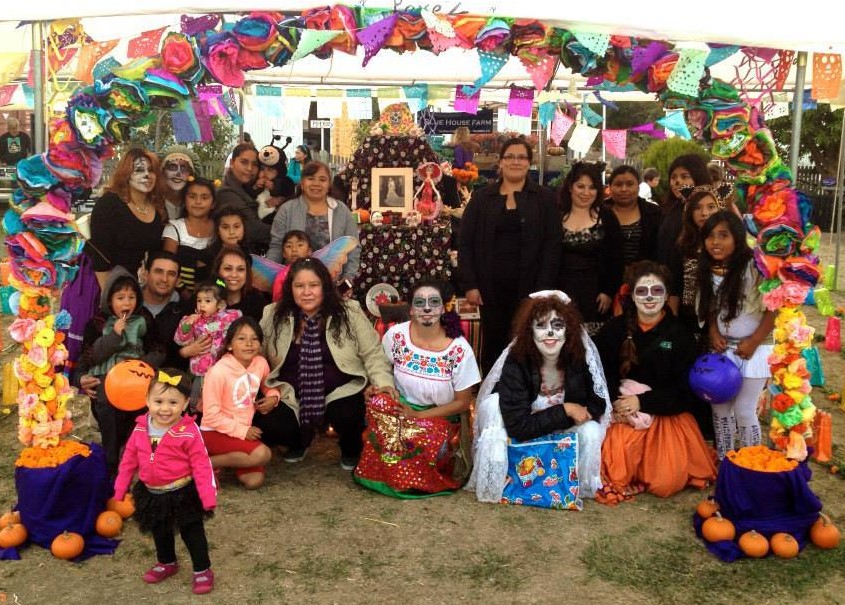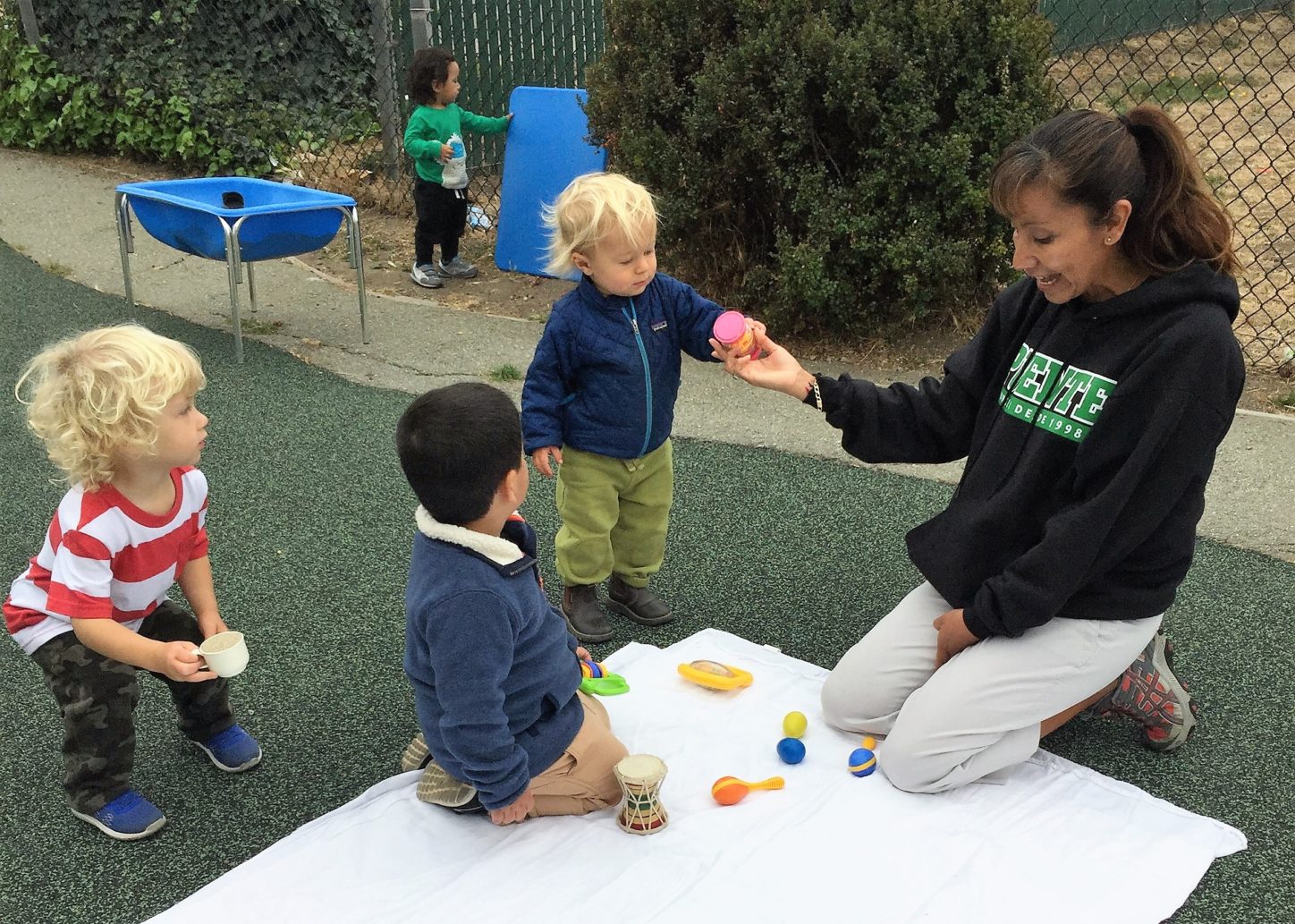
Do you remember a time in your life when you were missing your home? Perhaps you were away at college, relocated temporarily for a job assignment or maybe traveling for longer than a short vacation. Being homesick is a feeling many of us have had at some point in our lives.
Much of the Latino community on the South Coast of San Mateo County in California have established a home here and are also far away from their home land. The Día de los Muertos holiday celebration organized by Puente each year is a great way for our community to feel closer to their loved ones, their extended family and, in turn, to their birth home.
Ten years ago, a mental health professional at Puente brought together a group of three women who were feeling homesick to help support each other. This group of women brainstormed different approaches they could take to feeling less homesick and helping their extended community do the same. The idea of celebrating the Day of the Dead, or Día de los Muertos, was born.
Día de los Muertos is a holiday celebrated mostly in Mexico but also in other Latin American countries during which deceased loved ones are honored. The celebration can last one, two or three days depending the state of Mexico in which you live, and includes the creation of beautiful altars upon which offerings to the dead are made. The altars are decorated with candles, buckets of marigolds, bright red cock’s comb, fruit, plates of mole, loaves of bread, drinks, toys and other symbolic objects that represent the person or people being commemorated.
“We are so thrilled to be celebrating the tenth year of Día de los Muertos at Puente,” said Rita Mancera, executive director. “This program is a great example of what Puente does best—support our community members so that they, in turn, can support their neighbors, friends and family, in this case with a celebratory event.”
The first Día de los Muertos celebration at Puente was an effort to help the mothers of the community fight maternal depression. The women who organized the original event were able to focus on something beyond their immediate situation and offer comfort and support not only for each other but also other people. The celebration is a time for many to feel closer to their home country and loved ones and for others to learn something new about a culture and its tradition.
“This year our Día de los Muertos program ran through the month of October and included weekly workshops for attendees to learn about the history of the holiday and to prepare for the big celebration,” notes Iris Fernandez, Marriage and Family Therapist (MFT). “Puente facilitated the space for workshops and materials for the projects, everything else was organized and led by members of our community.”
This year, three amazing women, Adela Chaves, Marcela Vargas and Leydi Cervantes, organized and ran the Día de los Muertos workshops. Each workshop boasted strong, consistent turnouts and resulted in a beautiful collection of sugar skulls, painted stones and clay figures for the altars and papel picado and paper flowers for the celebration.
Día de los Muertos is an event not to be missed! The community comes together and a feeling of family and warmth fills the air. Join us Thursday, November 3, at Pescadero Grown! farmers’ market. The market runs from 3:00 PM – 7:00 PM, as always, and the Día de los Muertos celebration will begin with the start of the market. This is a special day because it is the final farmers’ market of the season and culminates with the Día de los Muertos celebration.
Special note: the final farmers’ market and the Día celebration have been postponed from the original date of October 27 due to weather reports indicating heavy rain and winds this week.





